Have you ever wondered how the bold, aromatic world of Vietnamese coffee compares to the smooth, refined charm of Spanish coffee? Both have rich traditions and loyal followings, yet they represent two completely different ways of enjoying this beloved drink.
From the tropical highlands of Vietnam to the sunny streets of Spain, each country has developed a unique coffee culture shaped by history, climate, and taste. Whether you love the deep sweetness of a cà phê sữa đá or the balanced creaminess of a café con leche, understanding their differences helps you appreciate the craft behind each cup.
In this article, we’ll explore the origins, ingredients, brewing methods, flavours, health aspects, and cultural meaning of both styles to see what makes each one special.
Key Ingredients and Brewing Techniques
Both Vietnamese and Spanish coffee share a passion for strong flavour and comforting sweetness. However, they differ in their choice of beans, brewing methods, and serving styles.
Vietnamese Coffee: Robusta Beans and Condensed Milk
Vietnamese coffee is famous for its strength and depth. It’s made mainly from robusta beans, which contain nearly twice as much caffeine as arabica beans. This gives the drink its bold, earthy taste and distinctive aroma.
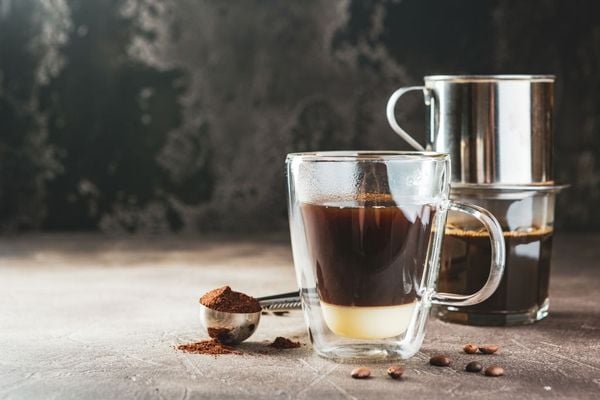
Instead of using espresso machines, Vietnamese people brew coffee with a small metal tool called a phin filter. The phin sits on top of the cup, allowing hot water to drip slowly through the grounds. The process takes about four to five minutes, producing a thick, concentrated brew.
A spoon or two of sweetened condensed milk is then added to balance the bitterness with rich sweetness. Most people enjoy it over ice, known as cà phê sữa đá, but it can also be served hot (cà phê sữa nóng) or without milk (cà phê đen).
This method creates a drink that is both strong and creamy, perfect for hot days or slow mornings.
Spanish Coffee: Arabica Beans and Espresso Precision
Spanish coffee is built around arabica beans and espresso-style brewing. It’s smoother, less bitter, and has a gentle aroma that complements milk beautifully.
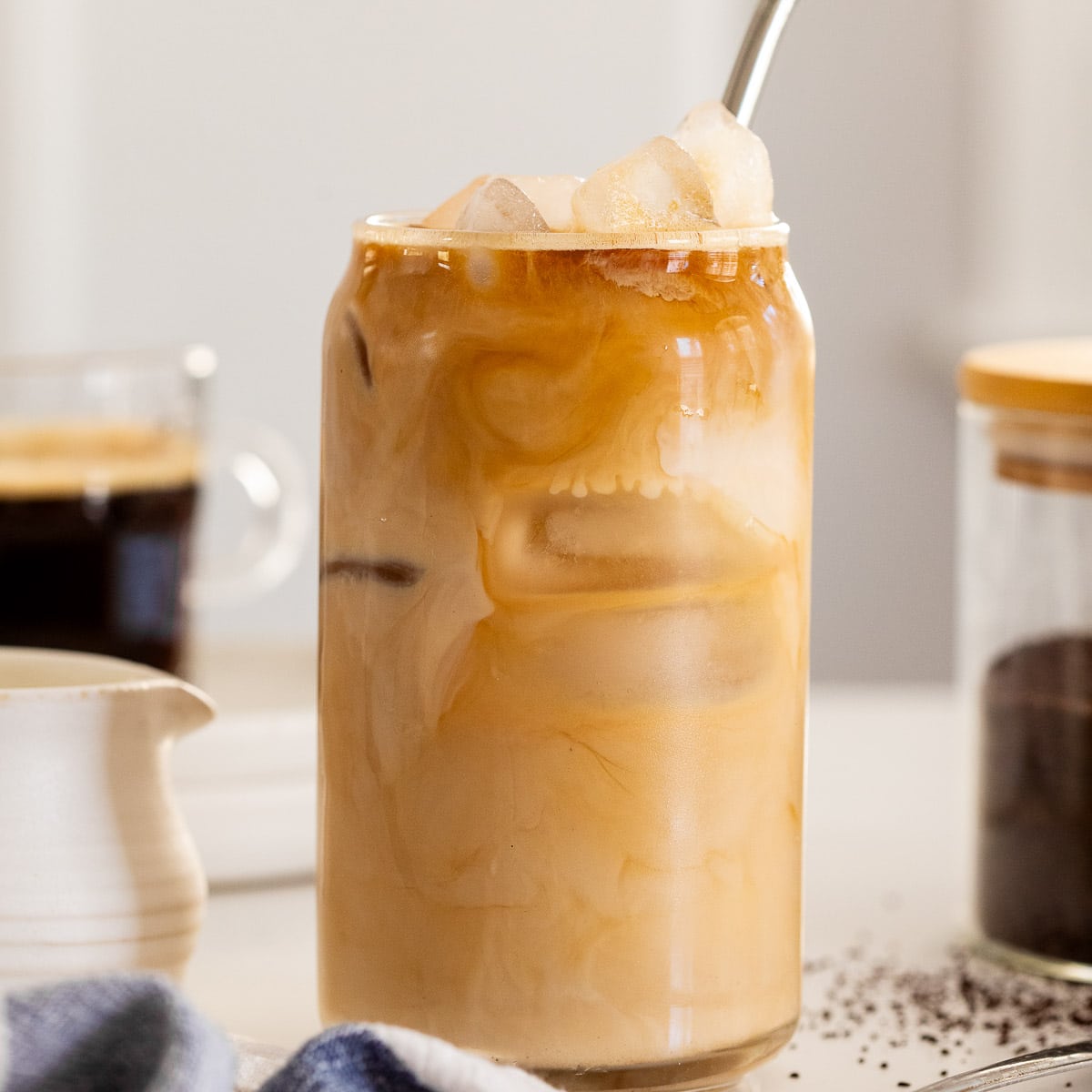
The most common form, café con leche, is made with one part espresso and one part steamed or scalded milk. The result is a creamy, well-balanced drink that pairs perfectly with breakfast or an afternoon chat.
Other popular versions include cortado, an espresso “cut” with just a splash of milk, and carajillo, espresso mixed with a little brandy or rum. Spanish coffee is all about balance and ritual, served hot and enjoyed slowly in a café with friends or family.
Brewing Method Comparison
| Feature | Vietnamese Coffee | Spanish Coffee |
|---|---|---|
| Beans | Robusta, strong and high in caffeine | Arabica, smooth and mild |
| Brewing Tool | Phin filter | Espresso machine or moka pot |
| Brewing Time | 4–5 minutes | 25–30 seconds |
| Milk Type | Sweetened condensed milk | Steamed or scalded milk |
| Serving Style | Often served over ice | Usually served hot |
| Flavour | Bold, sweet, and rich | Smooth, creamy, and balanced |
Flavour and Texture Differences
Vietnamese Coffee: Strong and Sweet
Vietnamese coffee has a reputation for being intense and full-bodied. The robusta beans create a slightly bitter and earthy taste, while condensed milk adds sweetness and thickness. The combination is powerful but balanced, leaving a lingering caramel-like finish.
When served iced, it becomes refreshing yet energizing, making it one of the most popular drinks in Vietnam’s humid climate. It’s a true wake-up call in a cup.
Spanish Coffee: Smooth and Creamy
Spanish coffee offers a gentler flavour experience. The arabica beans give it natural sweetness and a mild acidity, while the milk softens the texture and enhances the aroma.
Scalding the milk brings out its sugars, adding a touch of sweetness without the need for extra sugar. The result is a silky, well-rounded drink that feels light and comforting.
The Role of Milk
Milk plays a major role in defining each coffee’s taste.
Vietnamese coffee uses sweetened condensed milk, which gives the drink a dessert-like richness. Spanish coffee, on the other hand, uses fresh milk that is heated or scalded to create a creamy texture and subtle sweetness.
Both styles can easily be made with plant-based milk such as oat, almond, or soy. These alternatives make the drinks lighter and suitable for those who prefer dairy-free options.
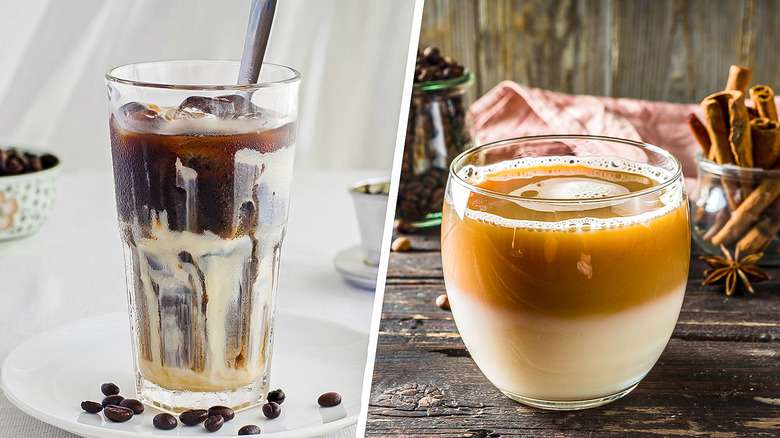
Health and Nutritional Comparison
Caffeine Content
Because Vietnamese coffee uses robusta beans, it contains more caffeine per serving.
| Type | Caffeine (per cup) | Notes |
|---|---|---|
| Vietnamese Coffee | 150–200 mg | Robusta beans, higher caffeine |
| Spanish Coffee | 70–120 mg | Arabica beans, smoother taste |
If you’re looking for a strong energy boost, Vietnamese coffee will deliver. For a milder caffeine kick, Spanish coffee is the better choice.
Calories and Sugar
Spanish coffee usually has fewer calories than Vietnamese coffee unless you add sugar or syrup. Vietnamese coffee gets its sweetness from condensed milk, which increases both sugar and calorie content.
| Drink | Calories per Serving | Main Ingredients |
|---|---|---|
| Vietnamese Iced Coffee | 180–250 | Condensed milk and robusta |
| Vietnamese Black Coffee | 5–10 | Coffee only |
| Café Con Leche | 150–200 | Espresso and milk |
| Carajillo | 200–250 | Espresso and liquor |
If you want a lighter version, use less condensed milk or switch to unsweetened plant-based options.
Cultural Significance and Popularity
Vietnamese Coffee Culture
Coffee in Vietnam is not just a beverage, it’s a daily ritual. From early morning to late night, you can find people sitting on small stools along the streets, chatting over cups of coffee.

The drink was introduced by the French in the 19th century and has since become part of Vietnam’s identity. The country is now the world’s second-largest coffee producer, known for its strong robusta beans.
Famous variations like egg coffee in Hanoi or coconut coffee in the south show how creative and adaptable Vietnamese coffee culture has become.
Spanish Coffee Tradition
In Spain, coffee is a lifestyle. People enjoy several small cups throughout the day. A quick espresso before work, a cortado after lunch, or a café con leche in the afternoon is part of everyday rhythm.
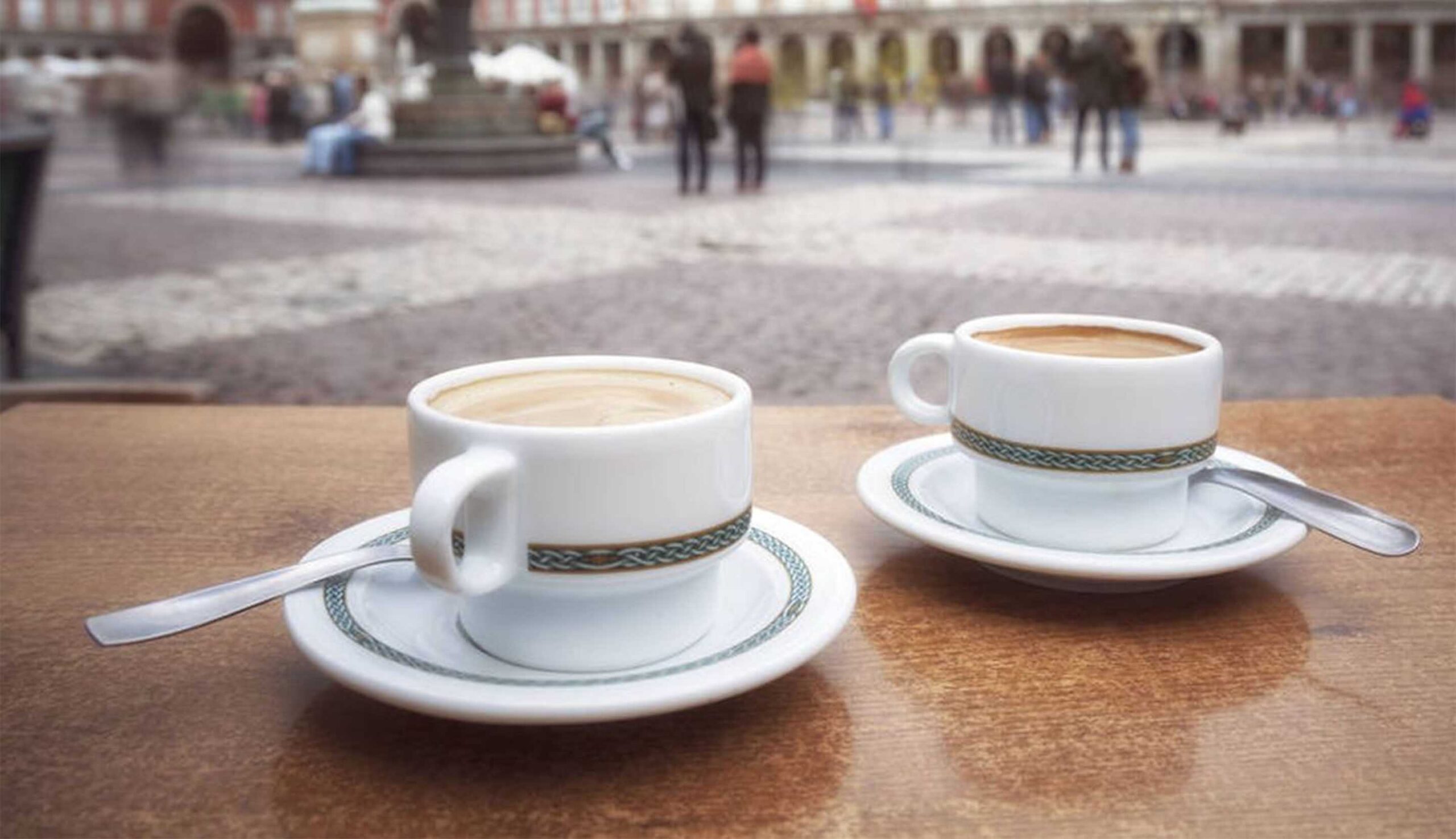
Coffee shops are social spaces where people relax, talk, and take a break from their busy routines. The focus is not just on caffeine but on connection and conversation.
Spanish coffee culture reflects the Mediterranean spirit of slowing down and savoring life one cup at a time.
Global Adaptations
Both Vietnamese and Spanish coffees have traveled far beyond their home countries, inspiring creative versions around the world.
- In the UK, Spanish lattes are often made with oat milk, while Vietnamese iced coffee becomes a summer favorite.
- In the US, coffee shops offer pumpkin spice Spanish lattes or cold brew Vietnamese coffee.
- In Asia, you might find matcha Spanish lattes in Japan and bubble-tea-style Vietnamese coffee in Taiwan.
- In the Middle East, cardamom-infused Spanish lattes and date-syrup Vietnamese coffee are gaining popularity.
- In Australia, flat white and Vietnamese coffee hybrids attract coffee lovers seeking something new.
These adaptations show how both styles continue to influence global coffee culture.
Which One Should You Try?
If you enjoy strong, sweet, and rich coffee, Vietnamese coffee will be your favorite. It’s full of flavor and packs a real caffeine punch.
If you prefer smooth, balanced, and creamy coffee, Spanish coffee is perfect for you. It’s ideal for mornings or moments when you want something comforting and refined.
Ultimately, there’s no need to choose one over the other. Each offers a distinct experience worth trying.
Read more: The Differences Between Vietnamese Coffee and American Coffee
Conclusion
The comparison between Vietnamese coffee and Spanish coffee isn’t about which is better. It’s about celebrating two unique traditions that bring people together.
Vietnamese coffee captures the warmth and energy of Southeast Asia, while Spanish coffee reflects the elegance and social rhythm of Mediterranean life. Both tell stories through their flavours, preparation, and the moments they create.
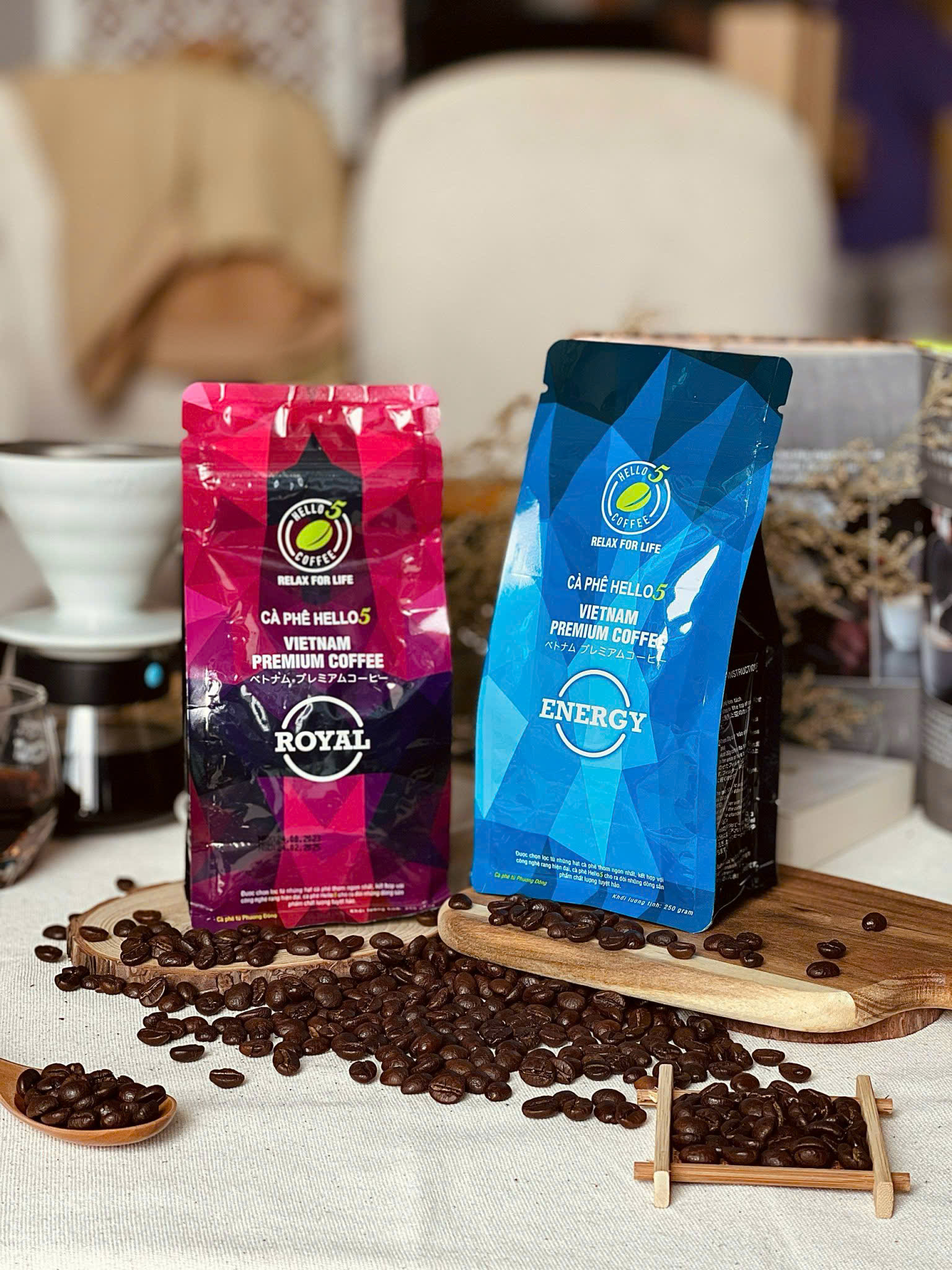
At Hello 5 Coffee, we believe every cup has a story to tell. Whether it’s brewed slowly with a phin filter or quickly pulled from an espresso machine, both deserve a place in your coffee journey. Try both and discover which one speaks to you.
Frequently Asked Questions
1. What makes Vietnamese coffee different from Spanish coffee? Vietnamese coffee uses robusta beans and condensed milk, giving it a bold and sweet taste. Spanish coffee uses arabica beans and steamed milk, resulting in a smoother and milder flavour.
2. Which one has more caffeine? Vietnamese coffee has more caffeine because robusta beans naturally contain higher caffeine levels than arabica.
3. Are both drinks served hot or cold? Vietnamese coffee is often served iced, while Spanish coffee is usually served hot. However, both can be adapted to suit personal preference.
4. Can I make them at home? Yes. Use a phin filter and condensed milk for Vietnamese coffee. For Spanish coffee, an espresso machine or moka pot with steamed milk will give the best result.
5. Which one is healthier? Spanish coffee is generally lower in sugar and calories. Vietnamese coffee has more caffeine and sweetness, but you can adjust the milk or sugar to make it lighter.
